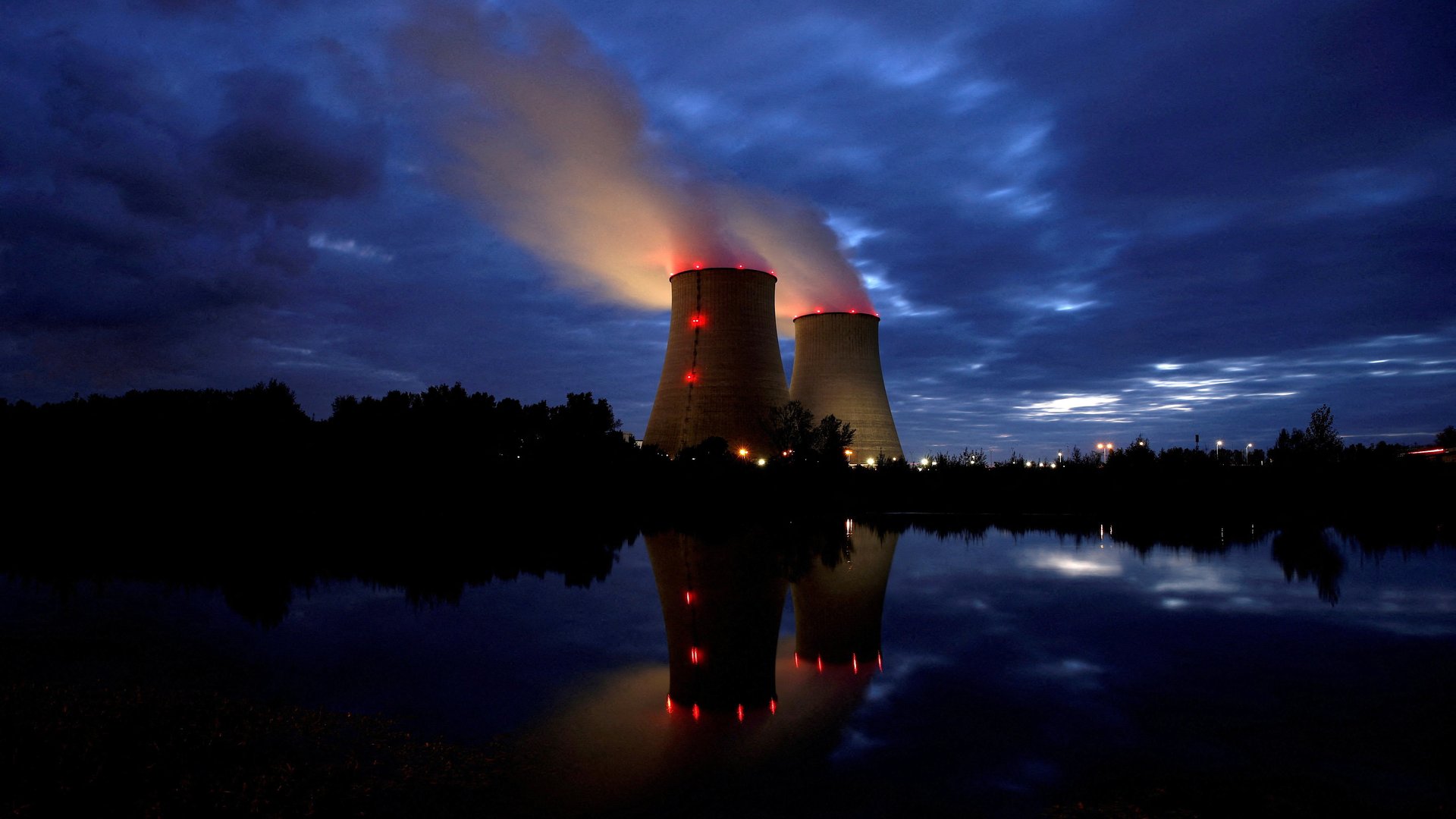Here are all the countries taking a second look at nuclear
If you’ve noticed an atomic renaissance, you’re not wrong: Governments around the world are reconsidering plans to mothball nuclear power plants, even as interest in building new reactors continues to grow.

If you’ve noticed an atomic renaissance, you’re not wrong: Governments around the world are reconsidering plans to mothball nuclear power plants, even as interest in building new reactors continues to grow.
All too recently, the trend was going in the other direction. In 2011, after Japan’s Fukushima nuclear plant suffered a series of meltdowns following an earthquake and tsunami, global public opinion swung hard against nuclear power, with Japan, Germany, and others announcing plant closures.
Today, that looks like an overreaction. Rising fossil fuel prices, thanks in part to Russia’s invasion of Ukraine, and the increasingly obvious threat of climate change are forcing a rethink of the costs and benefits of atomic energy.
In brief, here’s what’s happening:
- The Netherlands plans to build a new nuclear plant, the first since 1973.
- The UK has also decided to build a new nuclear power plant.
- Poland is building a new one, too.
- The Czech Republic is building a new nuclear reactor.
- France is planning to build and export new nuclear plants.
- Russia and China are backing nuclear power in Africa.
- A variety of countries without nuclear plants are starting their first reactor projects.
- Japan is restarting idled nuclear power plants.
- Germany is considering extending the life of its remaining nuclear plants.
- Belgium is delaying the closure of nuclear power plants.
- The EU voted to formally recognize nuclear energy as “green”.
- The US announced $6 billion to keep nuclear plants open.
- California is rethinking the planned closure of Diablo Canyon nuclear plan.
Nuclear is a big part of net-zero plans
The logic of turning to nuclear now almost doesn’t need explaining: It’s incredibly efficient, and it doesn’t emit carbon during operation. The International Energy Administration argues (pdf) that without growth in nuclear power, getting to net-zero electricity production by 2050 will cost an extra $500 billion in new investment and raise consumer electricity bills by $20 billion annually. Energy experts see nuclear as a good partner to backstop electrical grids during times when renewables aren’t as effective, like nighttime or when the wind isn’t blowing.
Turning that logic into a coherent investment program is a different story. Most of the policy decisions now are about preserving existing capacity, something of a no-brainer when every moment counts toward stopping global warming’s harshest consequences.
But to achieve net zero, investment has to go up, and the industry has to step up. The current paradigm for building nuclear reactors is a world of cost-overruns and megaproject nightmares, while newer ideas for smaller scale modular reactors have yet to be deployed at large scale. The IEA pointedly notes that industry needs to deliver cheaper projects to win back confidence.
The nuclear power to-do list
At the root of all the complications of atomic power are people’s strong feelings about its dangers or benefits, which can make dispassionate analysis a challenge.
Nuclear power is, statistically, among the safest sources of energy out there. Even at Fukushima, one of the worst accidents at a nuclear power plant, there were no deaths from radiation sickness; casualties came in the chaos of evacuation. But there are still thousands of people who can’t return to their homes due to radiation contamination. Better implementation of safety procedures and better regulation to incentivize it have to be part of the equation.
Mining fuel for nuclear plants is a tricky, toxic business, but so is obtaining the minerals needed for batteries and photovoltaics. Storing nuclear waste is technically challenging and politically sensitive, though nuclear power plants don’t produce all that much of it.
The danger of standing pat, though, is apparent in another complication: Rivers in Europe and the US that are used to cool atomic reactors are getting too hot for the job, forcing reductions in power generation.
